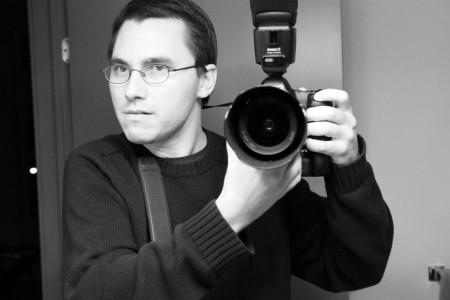In The Moral Landscape, Sam Harris repeatedly questions the societal taboo against critically evaluating religious beliefs. For instance, people are hesitant to raise evidence or arguments that contradict religious claims, as well as point out instances in which different claims made by the same religion contradict one another.
This is at least a bit different from evaluating religiously motivated actions, as was discussed here earlier. As in that case, however, I think Harris argues convincingly that it is wrong to put religious beliefs into a special category deserving special respect. Of course, this is a provocative claim, given that many religious beliefs simply cannot stand up in the face of evidence and critical examination, and people find it awkward when important parts of their religious belief structure are shown to be in a state of obvious contradiction with the kind of every-day mechanisms they use to evaluate new information. People tolerate the fact that claims are made in holy publications and from the pulpit which cannot be made with any credibility in a newspaper or political speech.
The idea that religious beliefs deserve special protection often comes from religion itself. Religions are often extremely hostile toward ‘heresy’, which is understandable from a kind of institutional evolutionary perspective. In many circumstances, faiths that maintain theological and ideological coherence are likely to attract more adherents and last longer than those that tolerate a broad variety of views. Faiths of the latter kind are probably more likely to fragment and fracture, and they are also probably less likely to attract extreme devotion, dedication, and efforts to convert the masses. It is no coincidence that the first commandment (though the notion that there are a clear set of ten is disputed) is that you should make sure not to honour the wrong god. It also doesn’t seem to be a coincidence that the more dogmatic forms of Christianity (to choose one example) are winning more converts around the world than the more progressive forms.
Of course, humanity has a whole has an enormous interest in understanding the world well. It is demonstrably the case that our understanding of things like physics and biology allow us to live richer, healthier, and more fulfilling lives. Particularly in cases where scientific claims based on evidence and reason contradict religious claims based on someone’s supposedly divine authority, I think it is bad for humanity when large numbers of people place the religious claim above the scientific one. There are plenty of contemporary examples. Access to contraception and sex education demonstrably improves the kinds of lives people live, and yet one major force preventing those things from being universally available is religious beliefs that oppose them (arguably, with a hidden patriarchal motivation).
Ultimately, people possess a right to understand their own bodies and control their own sexuality and reproduction that is more important than the religious preferences of others who would seek to restrict and control those rights within the general population, especially among women.
If we lived in a world that took the kind of evidence that Harris finds convincing more seriously – things like the psychological consideration of what effect various circumstances have on human flourishing – I think we would ultimately find it preferable to a world where we continue to rely upon the kind of ‘evidence’ that supports substandard education and medical care for women, or the prohibition of promising types of medical research, or the teaching of utterly refuted theories about the history of life on Earth. People often argue that we should give respect to religious beliefs in the name of ‘tolerance’. While that argument might be somewhat convincing when it comes to benign beliefs, like the existence or non-existence of the Easter Bunny, it seems indefensible in the case of beliefs that have large and harmful effects on the lives of a great many people. Those beliefs – whether religiously motivated or not – deserve to be challenged honestly, openly, and vigorously.






